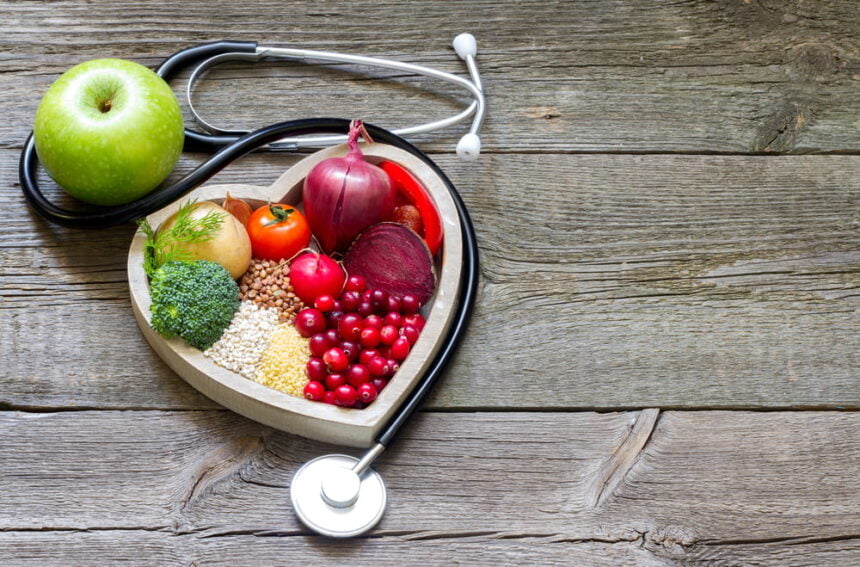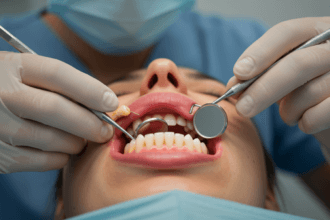We have heard the terms cholesterols and triglycerides more often in different mediums. Have you ever wondered what they are? Have you wondered why the levels of cholesterols and triglycerides are measured differently in tests? Let us learn about these terms more in detail.
What are cholesterols?
Cholesterols are lipids present in the bloodstream and cells of every human being. They are a kind of waxy substance originating from various metabolic processes. The different types of cholesterols are produced in the human body due to certain physiological needs.
The level of cholesterols in a human body depends on food habits, lifestyle choices and genetic format. The food we eat such as eggs, meat, cheese and butter that contain fat will produce lipids like cholesterols in our body due to various metabolic processes. Cholesterols are needed to produce hormones, digest food, and produce Vitamin D. However, too much cholesterol is also bad for us, so it is important to check these levels.
Types of cholesterol
There are two basic types of cholesterol we find in the human body.
1. Low-density lipoprotein (LDL)
As the name suggests, this type of cholesterol has a low density. It tends to stick to the walls of arteries, veins and heart valves causing plaques. It is often termed bad cholesterol.
2. High-density lipoprotein (HDL)
As the name suggests, this lipoprotein has a higher density than LDL. It is considered to be good cholesterol as it aids in the removal of waste products in the blood. It also removes bad cholesterol from our bodies. It absorbs bad cholesterol and takes it to the liver to flush them out of the system.
A comprehensive cholesterol test is done to check the levels of these cholesterols in our system. It enables us to measure the level and diagnose any underlying issue.
What are triglycerides?
Triglycerides are lipid molecules that can be found in various food sources we consume such as butter, oil, etc. The human body also produces triglycerides when it consumes calories more than what is needed. The level of triglycerides then increases in the bloodstream and in cells. They are also stored in the fat cells.
It has been found that food containing a high level of carbohydrates can also cause the excessive formation of triglycerides. The presence of these lipid compounds above the normal range can lead to the detection of diabetes II and obesity. A Triglyceride test is then done to check the levels on a regular basis.
Difference between triglycerides and cholesterol
There are dissimilarities between these two types of lipid molecules.
- Difference in production
As mentioned earlier, when an individual consumes carbohydrates more than his requirement, it gets converted into triglycerides and stored in the fat cells.
On the other hand, cholesterol is produced by the body according to its need for particular functions.
- Purposes
Triglycerides are produced as an energy source or respiratory substrate and stored in the fat cells. They can be used as an energy source when needed to generate calories for conducting body functions.
On the other hand, cholesterol is produced for making hormones and Vitamin D. It is also used for making bile which enables our digestive system to break down fat and other food components.
- Heart diseases
Bad cholesterol, as we all know, causes plaque in the blood vessels and heart valves. This can lead to heart disease and other health risks.
On the other hand, research suggests that triglycerides are linked to heart failure in a higher amount. High sugar levels and triglycerides escalate the risk of heart failure. When an individual is not using these energy units stored in the fat cells, it can cause harm to his heart.
- Clinical indications of high-level diagnosis
A high level of triglycerides can be a sign of diabetes, liver disease, kidney disease, metabolic syndrome, genetic conditions, thyroid conditions, etc.,
A higher level of cholesterol can signify a high risk of heart disease and atherosclerosis.
Similarities of triglycerides and cholesterol
Now that we have understood the differences, let us find out their similarities.
- Both these types of lipids are not bad. It is produced by the human body for different purposes. All we have to do is to monitor the levels and maintain a healthy lifestyle to control their production and stay healthy.
- Both lipids can cause harm to our circulatory system at a higher amount. The normal level of triglycerides is 150 mg/dl. The normal level of cholesterol is 199 mg/dl.
How to maintain a proper lipid profile?
A test that measures cholesterol and triglycerides is called a lipid profile. It is done to monitor the levels of these lipid molecules in the system. When the range of these molecules in the bloodstream is above normal then we have to take certain measures to reduce them naturally.
You need to follow the right protocols to have a good lipid profile. Patients who are unable to control the levels by changing their lifestyles might have to take medications prescribed by registered medical practitioners. The doctors will also prescribe regular tests to measure the levels and make necessary changes in the medications.
Wrapping up
From the above discussion, we can clearly conclude that both cholesterol and triglycerides are necessary for the proper functioning of the human body. The excess production of these two lipid types causes anomalous development of health issues.









